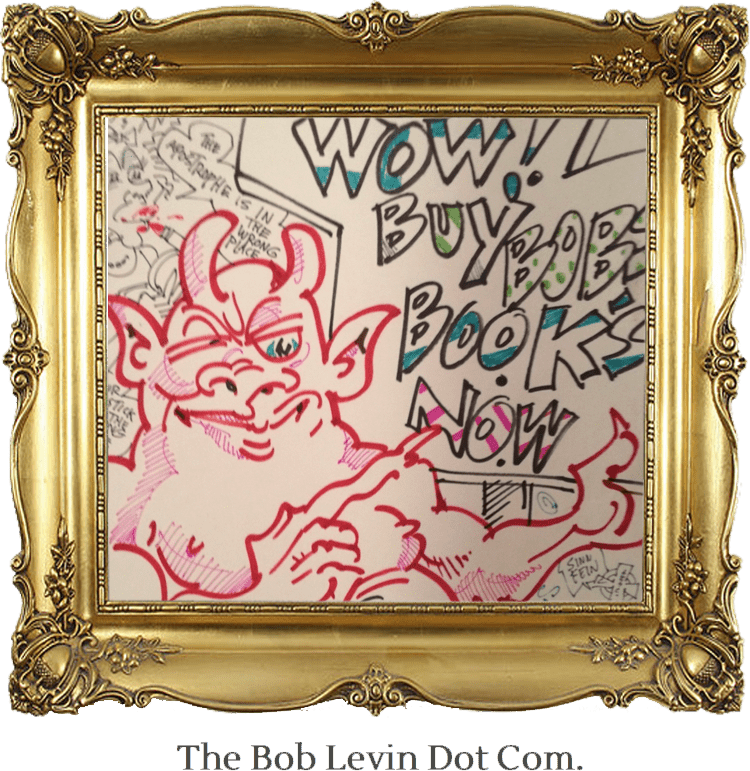No sales.
But following last “Adventures” announcement of the April 1 release date for “I Will Keep You Alive,” two people asked if they should pre-order from Amazon or wait and buy it from me. That this represents only about .007% of my alleged FB “friends” is not discouraging. I expect numbers will increase as the drumbeats of publicity roll.
In other news…
1.) The proofs of the above-mentioned IWKYA have been approved. The presses (in Montreal) are set to roulez.
2.) Editing continues on my new collection. The son-of-a-gun resisted my command to shift from two spaces following each period to one, so I am doing this sentence-by-sentence. I view it as a meditative discipline. (Also, the book’s title is again in debate.)
3.) The week’s undisputed highlight was the arrival of “Pop Wasteland” #4. It contains a review of “The Schiz” (probably its first), blended into an over-all assessment of the entire Levin canon – well, 5/7ths of it – (a definite first there) by the fabulous J.T. Dockery, which reads in part, “(Levin’s books) are essential tomes, like some alchemical foray… in the area of delineating the fringe of the fringe, the weird of the weirder, seperating the dark from the light and investigating the shades of grey matter in between.”
He dug the plot. He pinned the relevance for today. He caught the influence of Elmore Leonard (conscious), Lenny Bruce (not-so, but yeah), and Imanuel ben Solomon ben Jekubiel (who?). Levin, he says, “puts a light around the truth to bring it forward within the grotesque-
burlesque of the hyperbolic/absurdist spectacle…”
What a trip!
Should you wish to read more – and how could you not – (besides me, among others, are Max Clotfelter, Mike Diana, Aaron Lange, and Wostok) – see www.jonfallen.com or www.lulu.com/spotlight/timallenwriter or e-mail IG@pop_wasteland. Something should work.
